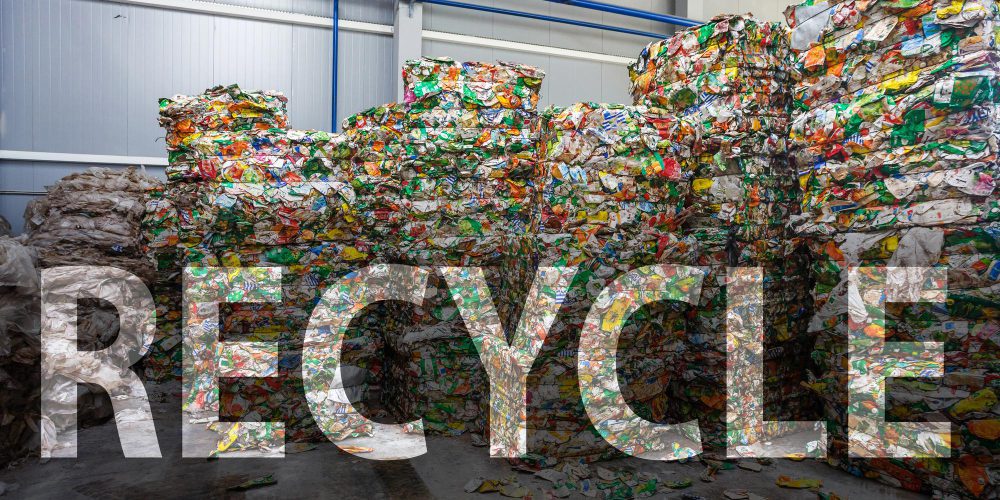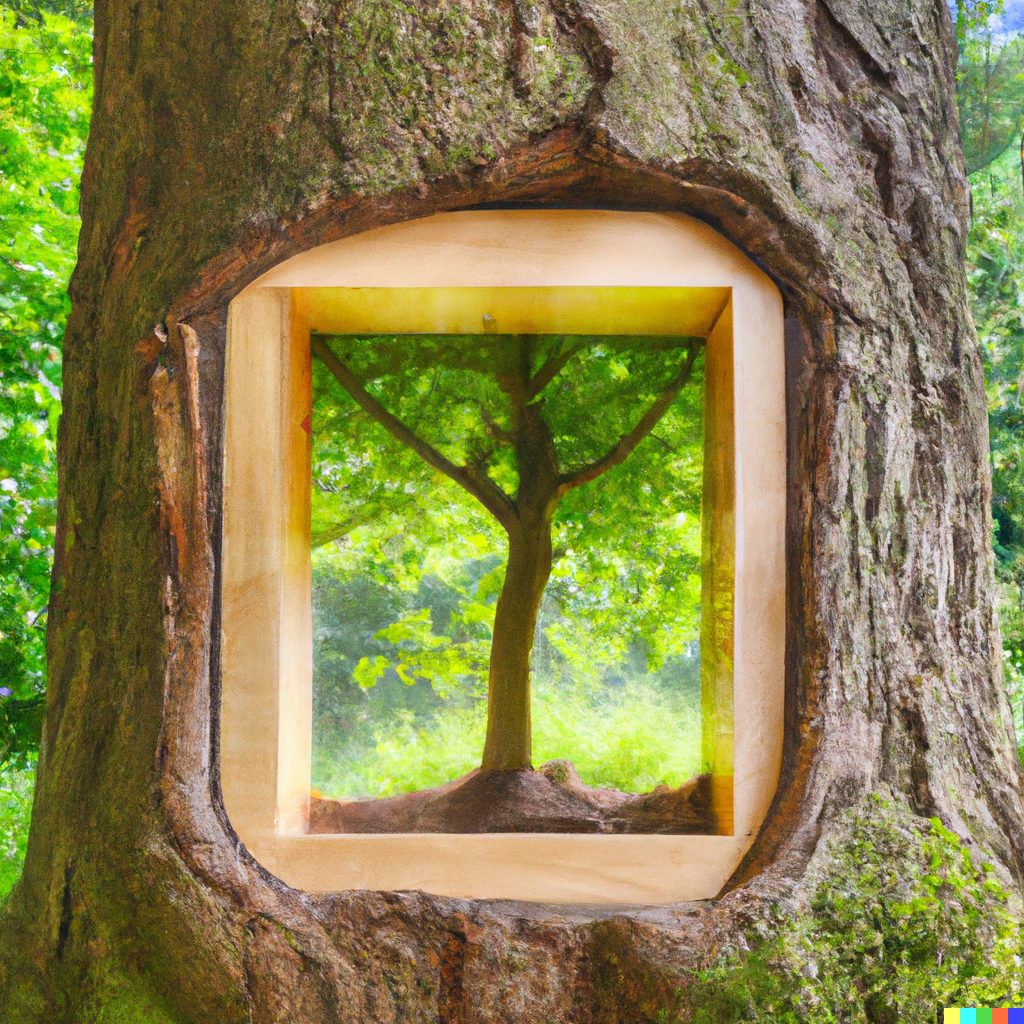Eco Windows are a great choice
Eco window replacement tips – looking to save money, reduce your carbon footprint, and increase the efficiency of your home? You can do all these things with this handy guide.
An old, drafty window is a big source of wasted heat in any home. Installing new windows can be a cost-effective way to make your home more energy efficient and, as a result, more eco-friendly. Moreover, properly insulated windows will help you cut back on monthly bills and save money – and we all know how important that is right now.
Replacing windows with energy-efficient ones from sustainable sources is an excellent way to reduce your carbon footprint and save you money on utility bills! Follow our top 6 eco-friendly window replacement tips below to get started on this green renovation project.
1 – Check your windows for u-Value Ratings
U-value – This is the measure of thermal conductivity. It tells you how easily heat passes through a surface. The lower the U-value, the better the insulation, and as a result, less energy is lost. Windows and doors are expected to achieve a minimum U-value of 1.4 under building regulations and this can be done using relatively standard double glazing in a quality frame.
U-values can be complicated to compare and are presented in three different manners:
- Whole window U-value for individual item. This is typically a rough calculation based on assumptions for a specific window/door size and specification, often calculated by a quoting system. These U-values are typically approximate but are useful for target SAP calculations.
- Whole window U-value for industry sized window. This will be calculated through a detailed simulation or a hot-box physical test. These figures are directly comparable to one another across the industry but can be different to integrate into SAP calculations.
- Glass centre-pane U-values. This is just a measure of the performance of the glazing unit and doesn’t take any account of the window size nor the frame materials. This is the least useful measure of performance.
2 – Double-check installation and product quality standards
Make sure that your new windows meet industry standards and are installed properly. Double-check that they are installed level and plumb. This will ensure they’re stable and last longer. If you’re installing new sash windows, you’ll want to make sure they have weatherstripping so they can be closed tightly. If you’re replacing older windows that have been poorly installed, you may want to consider removing them and replacing them with new, high-quality windows.
A good way to find out if a company is a good window manufacturer is to check their reviews. A good company may still have bad reviews – we all know how hard it is to please everybody! If a company does have bad or average reviews in amongst a majority of good reviews, it’s a sign of honesty! Everyone gets a bad review from time to time, check how the company has dealt with the complaint to get a good idea of the level of service you will receive in the unlikely event of things going wrong.
3 – Have a game plan for disposing of your old windows responsibly
You’ll want to make sure that your old windows are disposed of properly. If your new installer is taking them away for you, ask if they are going to be recycled.
Timber window frames and glass are easy to recycle. Plastic and Aluminium can still be recycled too – check where and how your windows are going to be disposed of. If you are not happy, your local council may be able to help you.

4 – Be aware of possible costs beyond the window itself
When comparing different replacement windows, it’s important to consider the total cost of ownership. This includes the upfront cost of the product as well as the potential for increased energy bills over time.
If you’re planning to replace your windows with uPVC or Aluminium-framed windows, you may want to consider investing in higher-quality products made from timber. While high quality timber windows will cost you more upfront, you’ll likely save money over the long term. Gowercroft windows have a life expectancy of over 60 years. uPVC windows have a typical service life of 10-20 years, Aluminium windows are only expected to last 20-30 years. So, you can see that a well-made and maintained timber window is by far the cheapest option in the long run despite a higher initial outlay.
5 – Look for products with a low carbon footprint
When comparing different window brands, look for products that have a low carbon footprint. This includes the production, manufacturing, shipping, and installation of the product. Wood windows are an eco-friendly option that may also fit your aesthetic. Aluminium and uPVC windows are less eco-friendly, and they lack the aesthetic charm of wood windows.
In studies with The University of Derby, Gowercroft timber windows were found to have a net Carbon negative impact on the environment – i.e. they contribute a significant net reduction of Carbon Dioxide equivalent through their lifespan. In contrast, through reviewing freely available uPVC and Aluminium windows were shown to generate considerable net Carbon Dioxide equivalent through their manufacture cycle. Similarly, the study showed that not all timber windows are the same – the impact of using highly durable materials and carefully designed product profiles has a major impact on the long-term sustainability of the products through longer life-spans, better performance in situ and reduced maintenance cycles. Read more on this study here.
6 – Understand warranties and be wary of deals that sound too good to be true
If your windows come with a warranty, be sure to read the fine print so you know what’s covered. If a sales rep offers you a warranty that sounds too good to be true, you may want to double check the fine print. You’ll want to make sure your windows are installed correctly and verified by a professional to be eligible for the warranty. You’ll also want to make sure the warranty is issued by the manufacturer and not the retailer where you purchased them (or is at least backed by the manufacturer).
Gowercroft products come with a 10-year no quibble warranty that covers all aspects of your new windows and doors. Full details of our warranty are available for examination, and we are open and transparent about what is covered.
Examine your options and make an informed decision
It’s important to do your research before deciding which windows to purchase. Look for energy-efficient windows that have a low carbon footprint and a high aesthetic appeal. Now that you’re armed with information on eco-friendly window replacement, don’t wait any longer to make the switch! Start your renovation project now and enjoy the benefits of a more energy efficient and eco-friendly home.

